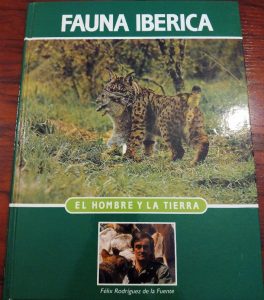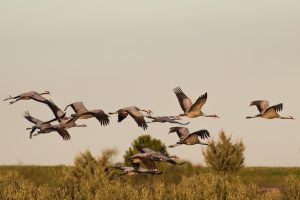Passion for animals
 In addition to being in love with sport fishing, I am passionate about nature and love to spend time wildlife watching. Since I was a kid, I started “devouring” books, videos and everything related to nature… I remember a collection by Félix Rodríguez de la Fuente with which I learned a lot about what I know today.
In addition to being in love with sport fishing, I am passionate about nature and love to spend time wildlife watching. Since I was a kid, I started “devouring” books, videos and everything related to nature… I remember a collection by Félix Rodríguez de la Fuente with which I learned a lot about what I know today.
However, the important thing was to experiment, whenever I could I took the bike and got lost on the roads of my village to investigate its forests, plains, streams, lagoons… If someone came with me, great, but if I didn’t leave just until the night brought me back.
Wildlife Watching, Why Extremadura?
My village is Lumbrales, a small town in the west of Salamanca, located in the Arribes del Duero. A town I am very proud of, also located in a beautiful area that, fortunately or unfortunately, is very uninhabited. I encourage you all to visit it one day. I lived here until I was 18 and of course I still go there quite often. Later on, the university stage arrived and I moved to Salamanca. There, among other very good people, I met my good friend Manuel from Cáceres, who is passionate about sport fishing and nature just like me.
I’ll remember all my life that first day I went to Extremadura to fish for black bass with him. We went to a small reservoir, near Monfragüe, where I was lucky enough to see for the first time the imperial eagle. On the way (we went a few times) we also always saw deer, fallow deer, black vultures, other eagles… and many more animals that I was not fortunate enough to see frequently. Since then, I started to visit Extremadura quite often, taking advantage of bridges and holidays…
And little by little, I fell in love with both its rivers and reservoirs in terms of sport fishing, and its different ecosystems in terms of wildlife watching.
I would like to share with all of you a few lines about each of the animals that live here. I have been lucky enough to see almost all the animals here, and I hope that all this information will help you to enjoy the biodiversity of Extremadura as I have.






